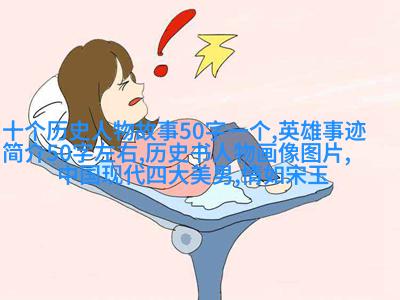和rogynous Beauty: Unveiling the Enigma of Japanese Androgyny

和rogynous Aesthetics in Japanese Culture

Japanese androgyny is not a new concept, but it has recently gained significant attention worldwide. The term "androgynous" refers to individuals who embody both masculine and feminine qualities, creating an intriguing visual and cultural phenomenon. This trend can be traced back to Japan's rich history, where the boundaries between male and female roles were often blurred.
In traditional Japanese theater such as Kabuki, actors would play multiple roles including those of women due to a lack of female performers. Over time, these male actors developed unique styles that combined elements of both masculinity and femininity in their performances. This blending of genders was not only limited to theater but also extended into fashion trends.
Evolution of Fashion Trends
Fashion plays a crucial role in showcasing Japan's unique take on androgyny. In recent years, there has been an increase in men wearing makeup and clothing traditionally associated with women or vice versa. This shift towards more fluid gender expression is seen as a form of self-expression rather than just following societal norms.

The rise of Harajuku fashion district has further contributed to this movement by providing platforms for people from all walks of life to showcase their individuality through fashion choices that defy conventional gender norms.

Influence on Media & Pop Culture

Androgynous beauty has also become increasingly prevalent in Japanese media such as television dramas, music videos, anime series, manga comics etc., where characters are designed with features that blend both masculine and feminine traits.
This influence extends beyond entertainment as well - celebrities like Taro Suruga have become symbols for this style by embracing their unique appearance without fear or prejudice from society at large.
4.The Impact on Society & Identity Formation
Japan's embrace of its own brand of androgyny challenges traditional notions about what it means to be 'male' or 'female'. It encourages individuals especially young people today who feel trapped within binary gender categories find solace through expressing themselves differently than how they are expected culturally speak out against conformity imposed upon them by society expectations around sexual orientation identity formation process which ultimately contributes positively shaping one’s sense belonging among peers community members culture at large
5.Role Models & Inspiration
For many young people looking for inspiration on how best express themselves outside the confines set up by societal expectations; these models serve as powerful examples showing them it is possible live freely regardless constraints placed upon them solely based biological sex assigned birth certificate issued government authority
6.Future Prospects
The future prospects look bright indeed! As we move forward into more open-minded times when acceptance becomes less an issue because everyone respects each other’s differences whether physical mental emotional etc.. The trend toward greater acceptance will continue grow stronger thus paving way even more freedom self-expression for those who dare dream different dreams than ordinary ones offered us under current social political system now governing our lives
